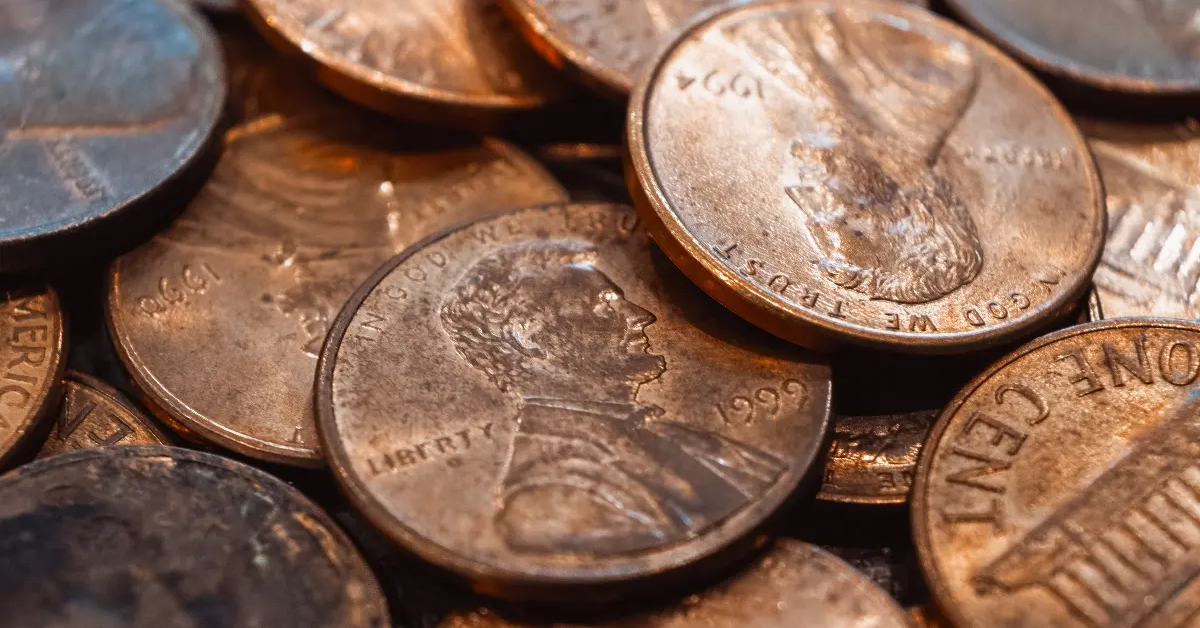As the debate continues over whether to eliminate the penny from U.S. currency circulation, many Americans are left wondering what to do with the copper-colored coins that have long filled jars, drawers, and piggy banks. With the cost of producing a single penny exceeding its actual value, the U.S. Mint has considered retiring the coin altogether. In that scenario, billions of pennies could quickly become obsolete—or an unexpected opportunity.
The penny, first introduced in 1793, has long been a symbol of American history. Featuring the likeness of President Abraham Lincoln since 1909, it has evolved from pure copper to a primarily zinc composition. Yet despite its legacy, the penny today is often seen as more of a nuisance than a necessity.
According to the U.S. Mint, it costs about 2.1 cents to produce and distribute a single penny—more than double its face value. Coupled with frequent calls from economists and legislators advocating for its removal, the penny’s end may be closer than ever.
If the minting of pennies ends, the coins would not suddenly lose their value. The U.S. Treasury would continue to honor them, allowing consumers to use them in transactions or exchange them at banks. But for many, the goal may shift from spending tiny denominations to finding smart, creative ways to repurpose them.
Coin Exchanges and Banking
The most straightforward option is to exchange pennies for paper currency or deposit them into a bank account. Banks often accept rolled coins, although some may limit the number of coins they accept at one time or require them to be sorted and counted ahead of time. Additionally, coin-counting machines like Coinstar allow customers to convert coins into cash or gift cards—though they usually deduct a processing fee unless users opt for store credit.
For consumers ready to declutter, turning thousands of pennies into usable funds can be remarkably satisfying. A standard penny jar can hold upwards of $50 worth of change. That piles up fast—if every U.S. household were to cash in unused pennies, it could return billions of dollars in circulation.
Creative and Practical Repurposing
For those looking beyond their monetary value, pennies can be creatively repurposed in artistic and practical ways. Craft and home design projects have gained popularity as DIY enthusiasts find inspiration in the charm of the small copper coin. One of the most common uses: penny flooring. A single square foot of floor requires around 250 pennies. When sealed under a protective resin, these floors create a unique, low-cost mosaic surface with striking appeal.
Likewise, pennies have been used to create tabletops, backsplashes, and even wall art. Their varying patinas—from shiny new to aged green—can be arranged to produce stunning gradients and patterns. With the right glue and a touch of patience, everyday coins become statement décor pieces.
Pennies have also found use in garden and household tasks. Due to the copper content, which naturally repels slugs and snails, some gardeners encircle flower pots with pennies as a non-toxic pest deterrent. Others place them in vases with cut flowers, due to a longstanding belief that they help keep stems upright and water fresh, thanks to copper’s antimicrobial properties.
Fundraising and School Projects
Another smart way to put pennies to good use is through fundraising initiatives. Nonprofits and schools often organize penny drives, capitalizing on the coin’s ubiquity and the ease with which small amounts can lead to significant totals when collected en masse. These campaigns teach children about giving back and financial literacy, demonstrating how collaboration can turn even the smallest contributions into meaningful support.
At school, pennies provide a hands-on tool for education. Math teachers use them to teach basic arithmetic, and social studies teachers incorporate them into lessons about economics and U.S. history. As physical tokens of value, they’re well-suited for interactive learning, especially for young students.
Collectors and Historical Value
While most pennies are worth just one cent, collectors know some pieces are worth much more. Rare variants—like the 1943 copper penny or 1955 double die penny—can fetch thousands of dollars. As the penny phases out, certain dates and mint marks may increase in value, prompting some Americans to take a closer look at their change jars before cashing them in.
Coin collecting remains a popular hobby, and some see the end of the penny as an opportunity to preserve a piece of American history. High-grade uncirculated coins or rolls from specific years may become collectibles that gain value over time.
Environmental Considerations
Melting down pennies for their metal content is illegal in the United States, as mandated by federal law. This rule ensures that coins continue to circulate rather than being destroyed for scrap metal. Still, the environmental cost of producing and transporting pennies remains a topic of concern—which is one reason the idea of eliminating them has gained so much support in recent years.
Advocates argue that retiring the penny would reduce the environmental impact associated with mining metals and producing small-denomination coins. In response, businesses and consumers may adapt by rounding prices to the nearest five cents or increasingly relying on digital payments, which eliminate coins entirely.
Conclusion
Whether cherished as keepsakes, used in art, cashed in for dollars, or donated to charity, pennies could find new purpose long after the Mint ceases to produce them. While they may no longer be essential in modern commerce, their potential beyond the pocket remains surprisingly rich. For a coin so small and often overlooked, the penny has more than a cent’s worth of possibilities.



